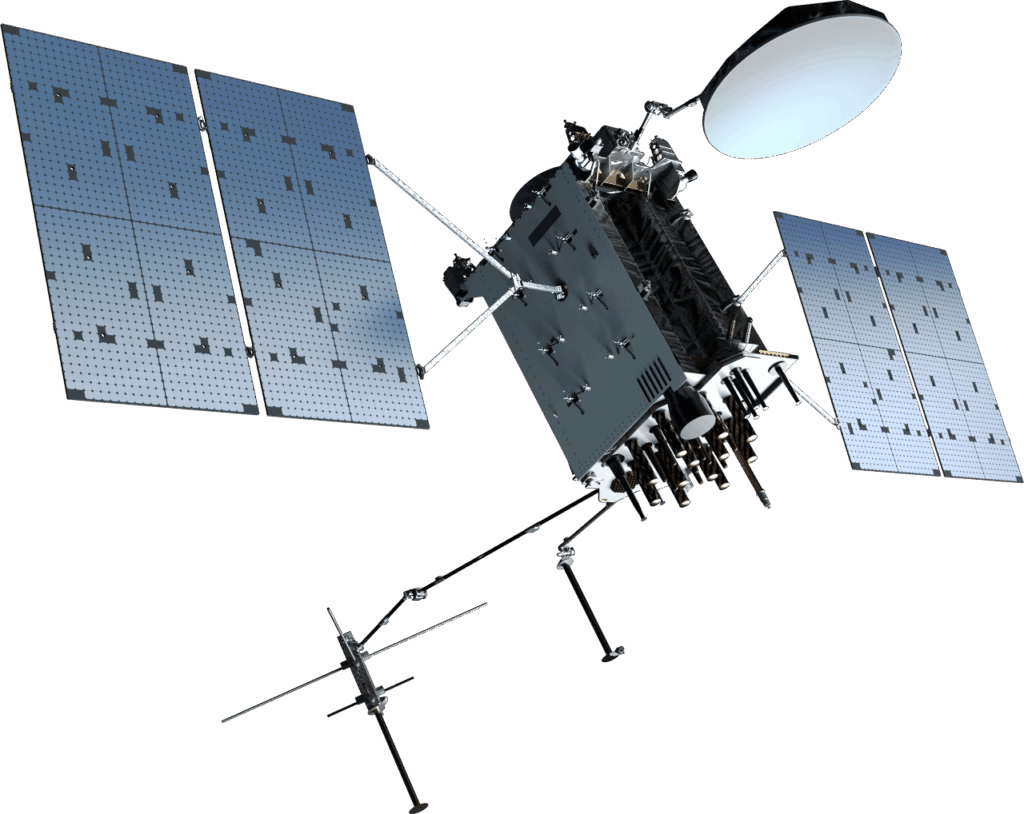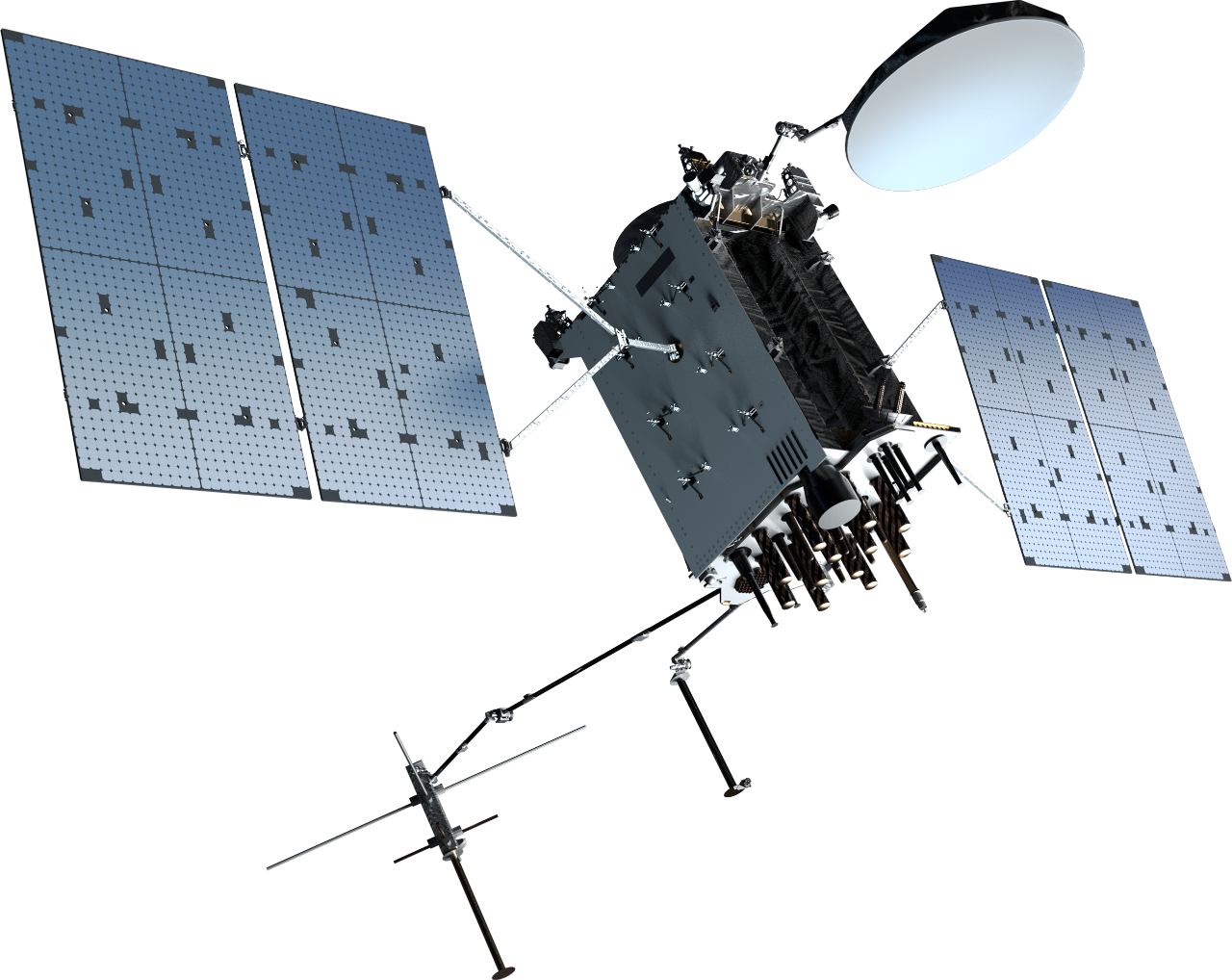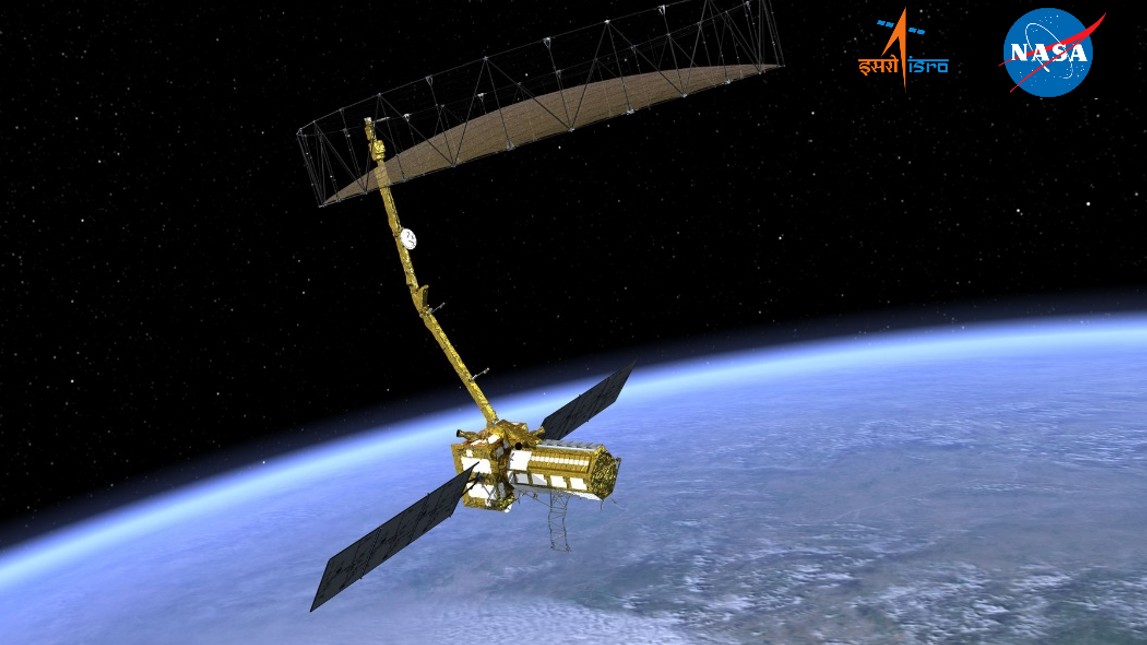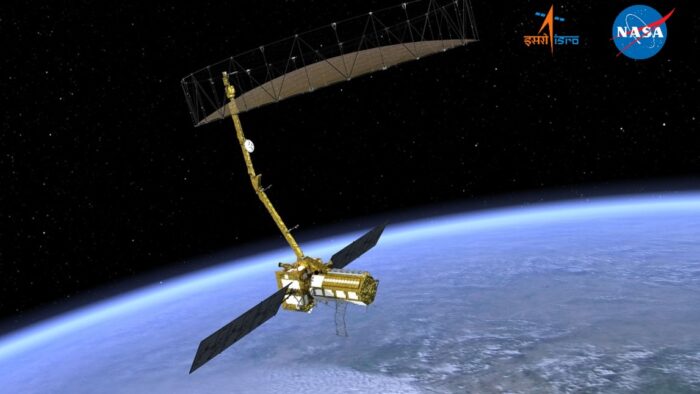Insider Brief
- The U.S. Department of Defense has awarded Lockheed Martin a $509.7 million contract to build GPS IIIF satellites 21 and 22, pushing the program’s total value past $4.1 billion.
- GPS IIIF enhances navigation capabilities with 60x anti-jamming resistance, new search and rescue functions, and a fully digital payload; SV08, the final GPS III satellite, will launch in 2025 as the program transitions.
- Lockheed Martin has completed major assembly on the first four GPS IIIF satellites, with launches scheduled to begin in 2027 to support global coverage and replace aging infrastructure.
The U.S. Department of Defense has awarded Lockheed Martin a $509.7 million contract to build two more Global Positioning System III Follow-On (GPS IIIF) satellites, extending the company’s production line and pushing the total value of the program past $4.1 billion, according to the DOD.
The contract modification covers GPS IIIF Space Vehicles 21 and 22 and obligates more than $55 million in fiscal 2025 missile procurement funds at the time of award. The additional units are part of a long-term effort by the U.S. military to maintain and enhance the country’s GPS constellation, which provides positioning, navigation, and timing data to both military and civilian users worldwide. Work will continue at Lockheed Martin’s facility in Littleton, Colorado, with delivery expected by late 2031.
The contract comes as Lockheed Martin prepares to launch GPS III SV08, the eighth satellite in the current block, from Cape Canaveral in 2025, according to Lockheed Martin. Shipped in early April from Colorado via a U.S. Air Force C-17 aircraft, the spacecraft was deployed on short notice to meet mission requirements, highlighting a shift toward faster, more responsive deployment timelines.

“With each GPS III shipment and launch, America’s GPS constellation grows more resilient and accurate,” Malik Musawwir, vice president of Navigation Systems at Lockheed Martin Space, said in a statement in April. “We’re proud to continue enabling this critical national security mission through both spacecraft production and maintenance of the ground control segment, bringing a seamless experience to Space Force operators.”
GPS III SV08 will join a 31-satellite constellation that supports essential services including civilian navigation, military operations, and emergency response systems. The arrival of SV08 also marks the final stages of the GPS III block before the program transitions fully to GPS IIIF, a more advanced generation with expanded capabilities, according to Lockheed Martin.

- 60X greater anti-jamming to ensure U.S. and allied forces cannot be denied access to GPS in hostile environments.
- Accuracy-enhancing laser retroreflector array.
- New search and rescue payload.
- Fully digital navigation payload.
- New LM2100 Combat Bus™ for SV13, providing increased cyber-hardening, improved spacecraft power, propulsion and electronics. Capable of hosting on-orbit upgrade ASPIN software.
The GPS IIIF satellites are designed to strengthen signal security and reliability, the company noted. Enhancements include a stronger civilian signal intended to improve commercial aviation safety and a new feature called Regional Military Protection. This system increases the satellite’s resistance to jamming by as much as 60 times in contested environments, making it significantly harder for adversaries to disrupt U.S. military operations.
Lockheed Martin has begun building the first ten GPS IIIF units, with assembly already completed on key structures for the first four. The company finished mating the core of the first GPS IIIF satellite earlier this year and anticipates launch of the new block to begin in 2027. The continued investment in GPS IIIF follows concerns over aging infrastructure, as nearly half of the current GPS constellation exceeds its intended service life.
According to the Space Systems Command, the expanded GPS fleet is intended to ensure seamless global coverage and provide a long-term upgrade path. Lockheed Martin now remains under contract for up to 22 satellites, providing a steady production cadence for the next several years.
SpaceX is targeting Friday, May 30 for a Falcon 9 launch of the GPS III-7 mission from Space Launch Complex 40 at Cape Canaveral Space Force Station in Florida, according to the company. The launch was originally assigned to United Launch Alliance, but was re-assigned to Space-X in April in light of Space System Command’s accelerated launch schedule.
Greg Bock
Greg Bock is an award-winning investigative journalist with more than 25 years of experience in print, digital, and broadcast news. His reporting has spanned crime, politics, business and technology, earning multiple Keystone Awards and a Pennsylvania Association of Broadcasters honors. Through the Associated Press and Nexstar Media Group, his coverage has reached audiences across the United States.
Share this article:










